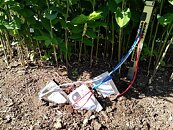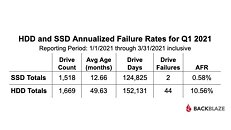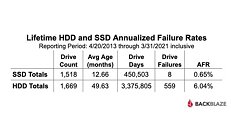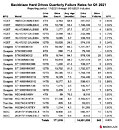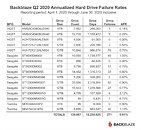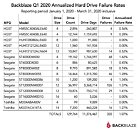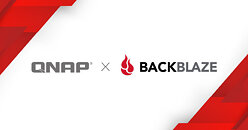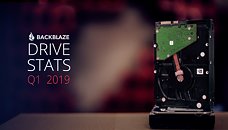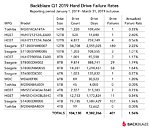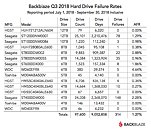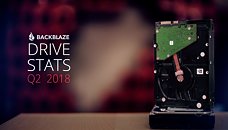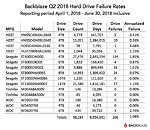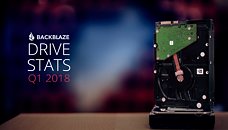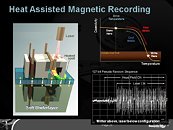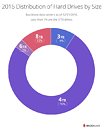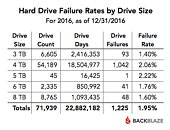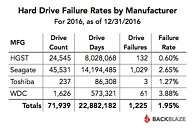Backblaze Data Shows SSDs May In Fact be More Reliable Than HDDs
Cloud storage provider Backblaze is one of the industry players providing insightful reports into the health and reliability of the storage mediums they invest in to support their business. In its most recent report, the company shared data that may finally be pointing towards the general perception (and one of SSD's call to fame upon their introduction): that they boast of higher reliability and lower failure rates than HDDs.
The company's latest reports shows that SSDs have entered their fifth operating year without an escalation in failure rates: something that seems to plague HDDs pretty heavily starting from year 4. The idea is simple: SSDs should be more reliable because there are no moving part (no platters and no read/write heads that can fail). However, SSDs do have other points of failure, such as NAND itself (the reason there's TBW ratings) or its controller. Backblaze's data does however show that those concerns may be overrated. Of course, there's a chance that SSDs employed by Backblaze will hit a "reliability" wall of the sort that HDDs seem to enter in year four of their operation, where failure rates increase immensely. More data throughout a larger span of time will be welcome, but for now, it does seem that SSDs are the best way for users to keep their data available.
The company's latest reports shows that SSDs have entered their fifth operating year without an escalation in failure rates: something that seems to plague HDDs pretty heavily starting from year 4. The idea is simple: SSDs should be more reliable because there are no moving part (no platters and no read/write heads that can fail). However, SSDs do have other points of failure, such as NAND itself (the reason there's TBW ratings) or its controller. Backblaze's data does however show that those concerns may be overrated. Of course, there's a chance that SSDs employed by Backblaze will hit a "reliability" wall of the sort that HDDs seem to enter in year four of their operation, where failure rates increase immensely. More data throughout a larger span of time will be welcome, but for now, it does seem that SSDs are the best way for users to keep their data available.






